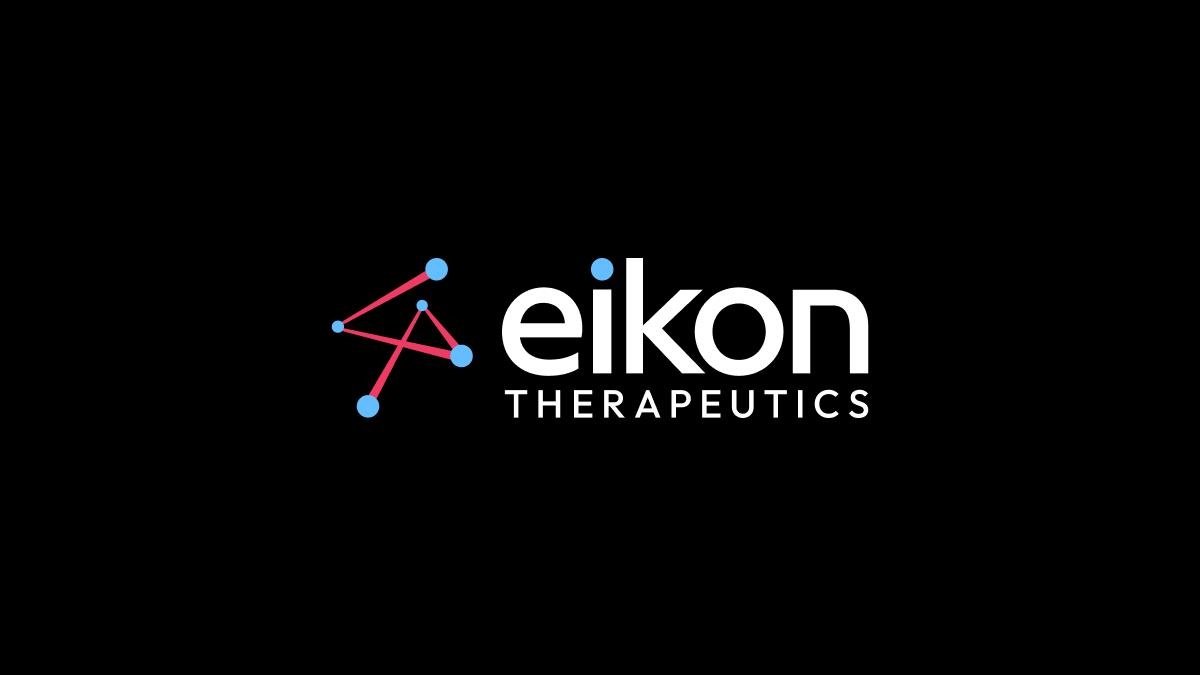Lilly slashes insulin price 70%, patient cost cap now $35

Indianapolis-based drugmaker Eli Lilly and Company has announced price reductions of 70% for its most commonly prescribed insulins, as well as expansion of its Insulin Value Program, capping patient out-of-pocket costs at $35 or less per month.
The company is taking these actions so as to make it easier for patients to access Lilly’s insulin and generally help Americans with potential difficulty in navigating the complex healthcare system that might keep them from getting affordable insulin. According to the American Diabetes Association, around 8.4 million of the 37 million people in the US with diabetes use insulin.
The price reduction is being enabled by cutting the list price of its non-branded insulin, Insulin Lispro Injection 100 units/mL, to $25 a vial. List prices for drugs often differ from what patients actually pay, including after insurance and other assistance programs. To be effective as of 1st May this year, Lispro will then be the lowest list-priced mealtime insulin available – less than the price of a Humalog vial back in 1999.
On which point, Lilly is also cutting the list price of Humalog 100 units/mL – its most commonly prescribed insulin – and Humulin (insulin human) injection 100 units/mL, by 70%, effective as of Q4 2023. Both Humalog and Insulin Lispro Injection are fast-acting insulins, they are used to control high blood sugar in adults and children with diabetes and are only available with prescription.
Additionally, Lilly is launching Rezvoglar (insulin glargine-aglr) injection, a basal insulin that is biosimilar to and interchangeable with Lantus (insulin glargine) injection. Priced at $92 per five pack of KwikPens, Rezvoglar’s pricing offers a 78% discount to Lantus, effective as of 1st April this year.
Lilly’s chair and CEO, David A. Ricks, stated: “While the current healthcare system provides access to insulin for most people with diabetes, it still does not provide affordable insulin for everyone and that needs to change.”
Ricks continued: “The aggressive price cuts we’re announcing […] should make a real difference for Americans with diabetes. Because these price cuts will take time for the insurance and pharmacy system to implement, we are taking the additional step to immediately cap out-of-pocket costs for patients who use Lilly insulin and are not covered by the recent Medicare Part D cap.”
The out-of-pocket cost cap of $£35 at participating retail pharmacies (circa 85% of pharmacies) for people with commercial insurance using Lilly insulin is effective immediately. Meanwhile, those who don’t have insurance can continue to download the Lilly Insulin Value Program savings card from InsulinAffordability.com in order to receive Lilly insulins for the same price. It is thought the changes could help around two million people to afford the life-sustaining drug. As Reuters reported, roughly one in five people with private insurance and 17% of uninsured insulin users stand to benefit.
Ricks added: “We are driving the change in repricing older insulins, but we know that seven out of 10 Americans don’t use Lilly insulin. [So,] we are calling on policymakers, employers, and others to join us in making insulin more affordable.”
In recent years, Lilly has introduced multiple insulin affordability solutions, including launching low-list-price, non-branded insulins in 2019, the implementation of the Lilly Insulin Value Program in 2020, and the commitment of all its insulins to the Medicare Part D Senior Savings Model in 2021. These efforts have resulted in an average out-of-pocket cost for Lilly insulins, which has decreased $21.80 in the past five years.
Lilly’s announcement follows President Joe Biden’s second State of the Union address, in which he made reference to the Inflation Reduction Act. As pharmaphorum recently reported, prescription drug prices in the United States weren't the president’s top priority in his address, which put the economy and jobs front and centre, but he certainly wasn't shy when it came time to talk about drug prices, framing them as primarily an issue of pharmaceutical company greed. Insulin was a key case in point.
As the BBC reported, a 2020 Rand study found that the average price per vial of insulin in the US was more than $98 in 2018, compared with less than $7 in Australia, $12 in Canada, and less than $8 in the UK.
Eli Lilly together with Sanofi and Novo Nordisk make up 90% of the US market for insulin. Following the announcement, Lilly’s shares were up 1.3% at $315.30 and, on Tuesday, President Biden reacted to the “huge news”, calling on Congress and other manufacturers to follow in Lilly’s price-lowering footsteps.
In response, according to Reuters, Sanofi said that its patient assistance programmes limit out-of-pocket expenses to $15 per month for the majority of insured patients, while Novo Nordisk commented that its own affordability programmes include one with Walmart that makes insulin available at about $25 a vial.
Image sourced from FX Empire.












